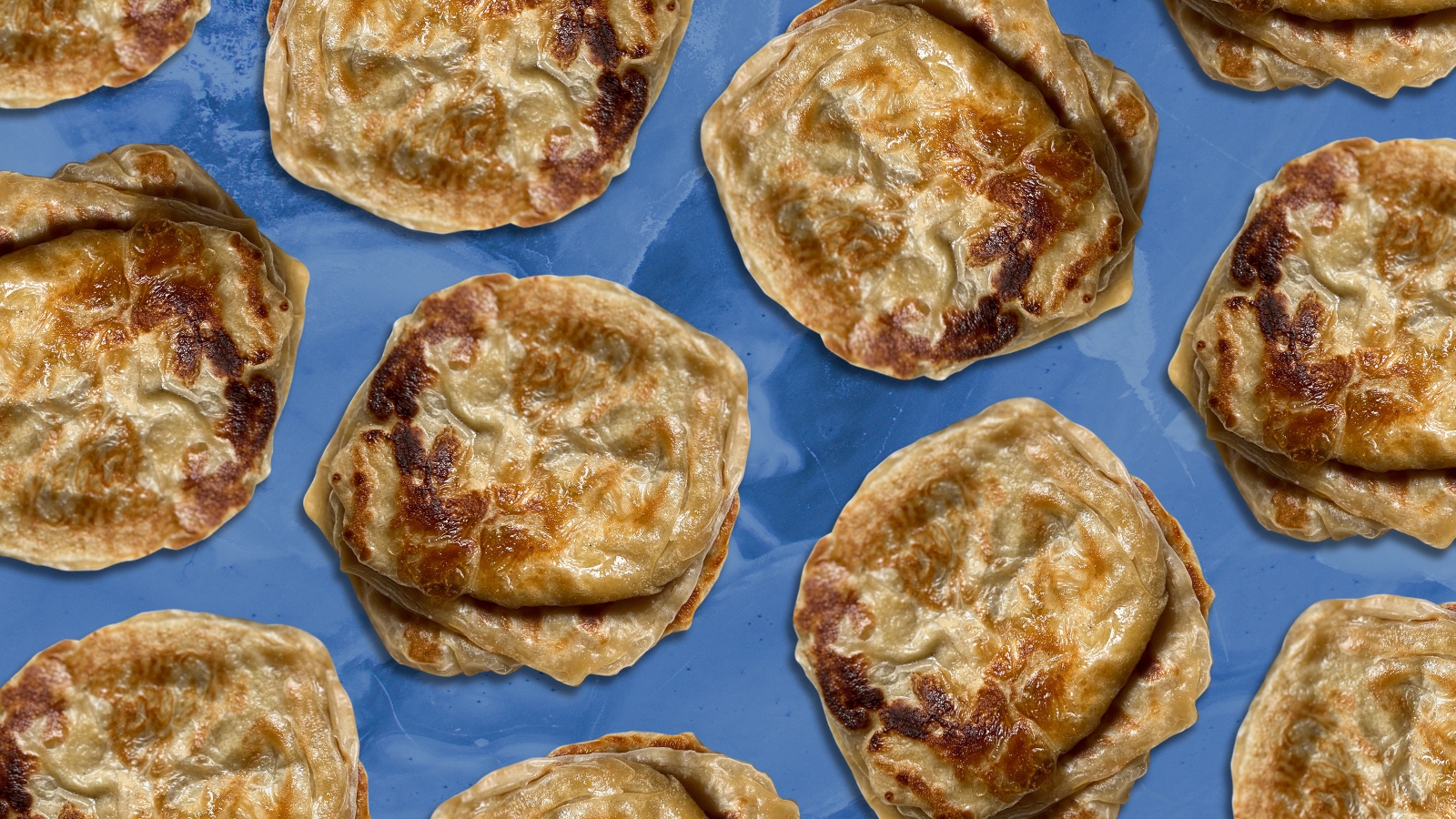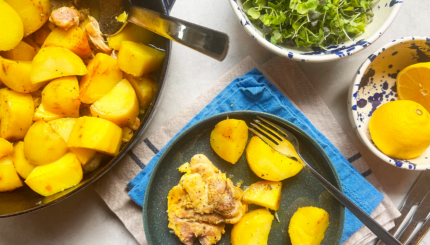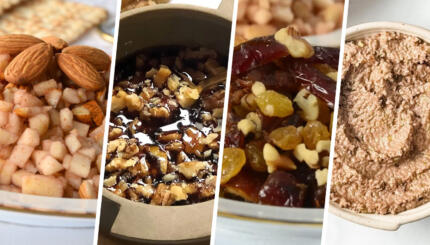Some food trends blow up, seemingly out of nowhere, and die down just as quickly; others creep into our consciousness over a matter of years. Such is the case with malawach: a buttery, flaky Yemenite Jewish flatbread that has quietly sparked an abundance of culinary creativity over the past 30 years or so, in Israel, the U.S. and beyond. The last decade alone has seen malawach skewing both sweet and savory — from sabich-inspired malawach wraps, scallion-pancake-esque ramp malawach and malawach churros — and the innovation keeps on flowing.
Malawach had a long life before it became a “trend,” and the classic version remains a staple in Yemen, where it’s still commonly made in a taboon (clay oven).
“Similar recipes are available around the Arab world, like Khobz al tawa (griddle bread), Iraqi kahi and Moroccan meloui or malawi. The Muslim Yemenite mulawah is sprinkled with nigella seeds,” writes Vered Guttman.
Malawach is very popular in Israel, where 49,000 Yemenite Jews emigrated between 1949-1950 as part of Operation Magic Carpet. There, it tends to be fried in a skillet rather than cooked in a taboon and, similarly to its cousin jachnun, is traditionally served with a simple grated tomato salsa, zhug (a cilantro-based hot sauce) and often overnight hard-boiled eggs, too.
The Nosher celebrates the traditions and recipes that have brought Jews together for centuries. Donate today to keep The Nosher's stories and recipes accessible to all.
That said, early Jewish immigrants from Aden (in today’s Yemen) in Israel also ate it with sugar, which could explain why, as Dana Kessler identifies, “people tend to be looser regarding malawach. Many spread cream cheese, honey or Nutella on it, and since it is flat it can be used as a wrap.
“This lax approach to consuming malawach,” Kessler continues, “might stem from the fast-food chain Nargila (meaning hookah), which popularized jachnun and malawach as fast-food staples in Israel in the 1980s and ‘90s. The Nargila chain was known for inventing a dish called Ziva — a rolled up malawach filled with cheese, named after the owner’s girlfriend and head waitress”.
Ziva has a long legacy, including the “pizzalawach” and malawach toast with cheese and mashed potatoes sold at Jerusalem’s Jachnun Bar, a casual market spot with a cult status. There, you could even recreate Ziva at the make-your-own-malawach bar, or ditch the dairy in favor of the bar’s numerous other offerings, including green tahini, hummus, fried cauliflower or olives. But most would tell you to go for their classic “shakshukalawach,” with it’s poached egg and tomato sauce filling. It’s the perfect breakfast wrap.
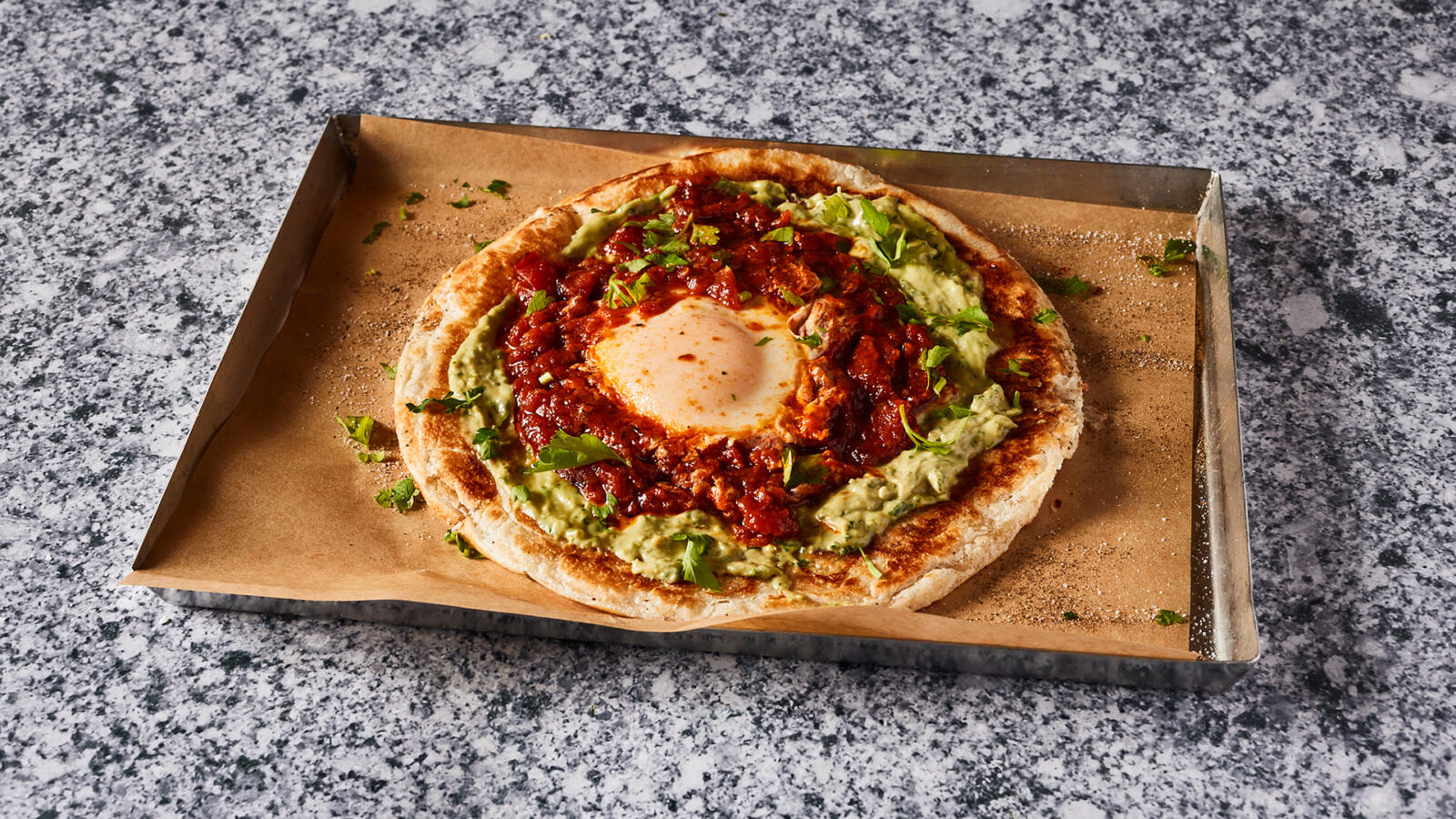
While Jachnun Bar is the best-known malawach innovator in Israel these days, it’s far from the only one. Tel Aviv’s Carmel Market has its own cheap shuk-side eatery called Megulgalawach (literally a mashup of the Hebrew word for “rolled” and malawach). The menu is smaller, and less creative, save for the dessert banana roti malawach, with caramelized bananas and a “sweet sauce.” Fifteen minutes down the road in the Levinsky Market sits Yemenite restaurant Saluf and Sons, with a few rotating malawach wraps on the menu that have included a take on sabich, a kebab wrap and an ice cream wrap.
What’s interesting about this food trend, though, is that it isn’t limited to Israel. If you know where to look, malawach is all over the U.S., from malawach churros with dulce de leche at Chef Einat Admony’s Balaboosta and malawach with honey and coconut at Tsion Cafe in New York, to “a flaky malawach bread with a smoked carrot butter, cured egg yolk, and labneh dip,” at Bata in Tucson, Arizona, which was featured on Bon Appetit’s “50 Best New Restaurants 2022.”
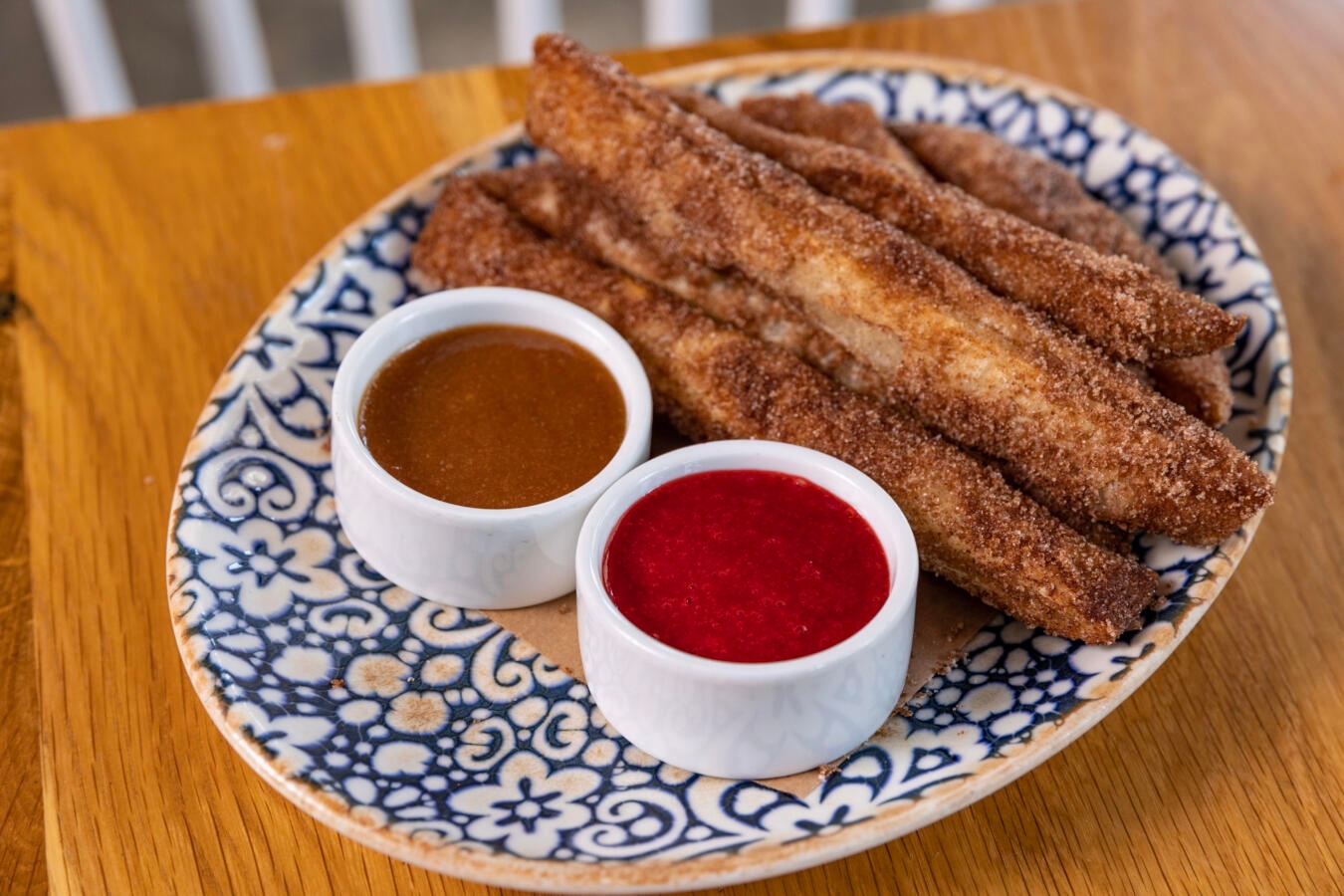
Nor is the trend limited to restaurants; food writers can’t get enough. Way back in 2016, The Nosher’s own Shannon Sarna created a recipe for malawach with everything bagel spice and a fried egg; Chanie Apfelbaum has a malawach-wrapped hot dog recipe on her blog Busy in Brooklyn; Molly Yeh is the brains behind ramp malawach; and Amy Kritzer Becker of What Jew Wanna Eat leans sweet with her date malawach with roasted grapes and labneh — to name but a few.
If you haven’t already, this is your cue to experiment with malawach — whether you buy it in the freezer section of your local Jewish market, or make it from scratch. (Note that “while malawach is not a very hands-on recipe,” writes Guttman, “it does take a while to make, as the dough needs to rest four times,” so you probably want to make it a day ahead of time.) From the best breakfast wrap of your life to a quick dinner for the kids, to a sophisticated sweet-savory appetizer, malawach can be anything you want it to be.
How do you like your malawach? Let us know by emailing hello@thenosher.com.
